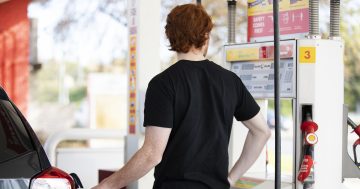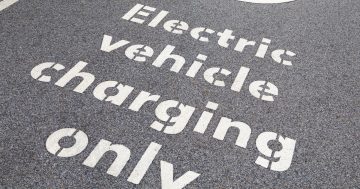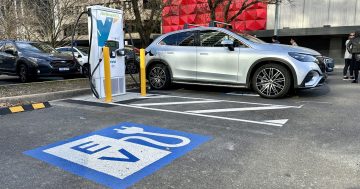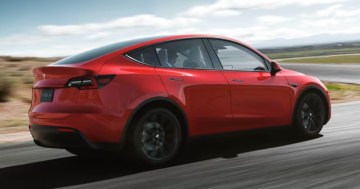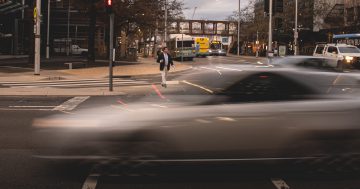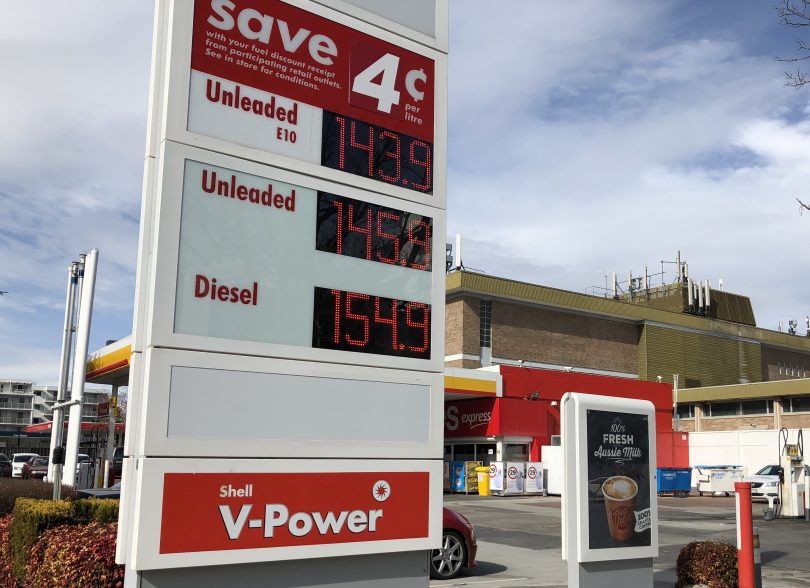
Ignore the fancy names and look for the octane rating. Photo: James Coleman.
It’s a little game we all play when we get behind the wheel, called “make the needle move as slowly as possible”. Because – let’s face it – none of us enjoys pulling into the service station for more fuel.
Last year, the average passenger car in the ACT travelled 11,800 kilometres and consumed around 11.1 litres of fuel every 100 kilometres.
That’s 1,309 litres of fuel a year. Canberra’s average price for regular unleaded petrol at the moment is $1.40, so that works out at $1,832. Our hard-earned dollars are poured into something which will promptly turn about a fraction of them into heat and smoke. That’s the thanks you get.
But the moment we pull up to the pump, the game has restarted. There is more than one type of fuel on offer, and who knows which one will go the furthest and save us the most money?
Here’s the rundown.
Use the fuel your car is designed for
Ignore all the superhero names companies have invented for petrol and look for three numbers: 91, 95 and 98.
This is the octane rating, or a scientific way of saying how well it blows up.
Open the fuel door. On the inside, there should be a sticker outlining what type of petrol is safe for use in that car. You can safely choose any number larger – but not smaller – than this.
For example, if it lists 95 as the recommended fuel, you can put in 98 but not 91. It if says ‘Premium fuel’, either 95 or 98 will suffice.
There is no secret handshake between car manufacturers and oil refineries on this. A lower number will burn too early for your engine to handle, causing anything from a rough idle to an explosion.
The cheapest option in Australia is 94, or E10. This is regular unleaded petrol but blended with 10 per cent ethanol from wheat or sorghum. This gives it a higher octane rating and a splash of sustainability.
However, it also contains less energy so your car has to burn more to get the same result. In fact, E10 has to be about four cents cheaper than regular petrol to make any difference at the hip pocket.
Using a more premium fuel usually isn’t worth it
The general rule-of-thumb is that fuel efficiency improves by 1 per cent per octane rating. In other words, using 95 instead of 91 should make your tank go further by 4 per cent.
However, the additional cost for the 95 will usually negate this and you end up paying about the same.
That said, Australian fuel is relatively cheap on the world stage. It’s cheap because it’s dirty. The petrol in some countries has just 10 particles of pollutants per million, while we have close to 150.
Sulphur is the main one. It doesn’t burn during the combustion process and so, over time, it can coat the innards of the engine and clog the emission-control devices in the exhaust system. It also makes what comes out of the car dirtier too.
So if you prefer to use the more refined 95 or even 98 in your Toyota Corolla, go for it, even if only because it makes the engine sing sweeter.
Diesel is only worth it for lots of long trips
Up to 50 per cent of a tank of diesel will be converted into actual engine power, more than petrol’s depressing figure of around 20 to 30 per cent. And a diesel engine can go longer without a service, so it has its advantages.
But because it also creates more soot, the engine needs to reach higher temperatures to clean itself – up to 600 degrees Celsius. This isn’t something it will do if it’s only ever running errands to the shops for milk.
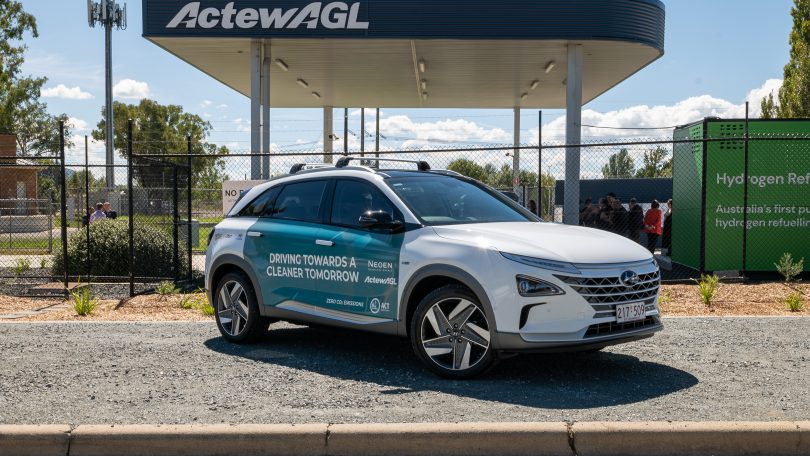
The NEXO at the hydrogen station in Fyshwick. Photo: Supplied.
Hydrogen goes nearly as far for a bit more
In March this year, the ACT Government’s fleet of vehicles grew to include 20 cars powered by the most abundant element in the universe – hydrogen.
The Hyundai NEXO has a claimed range of 666 km and can be filled up just as quickly and easily as any car from the last century. At the new ActewAGL refuelling station in Fyshwick, a full tank costs about $90.
Electricity goes nearly as far for a lot less
Range for the average EV is between 300 and 500 km. Even a fast charger might take 45 minutes to bring a 60-odd kWh battery pack to full, but at 40-50 cents per kWh, the upside is a bill at least half the size of a fossil fuel one.
